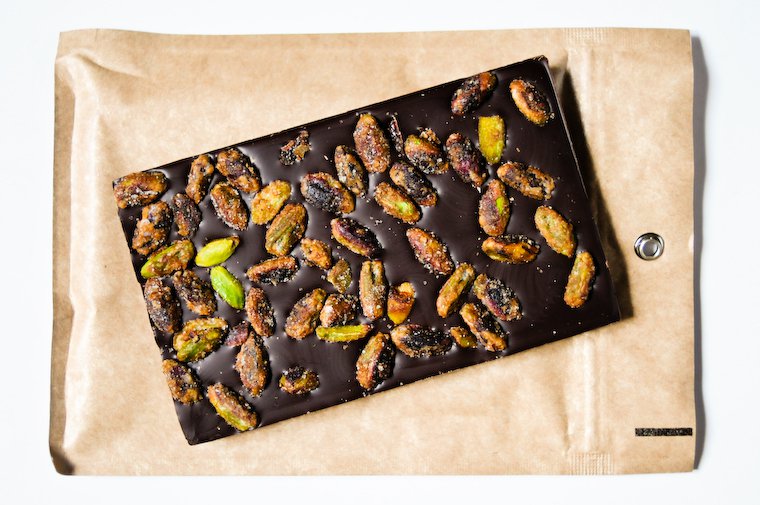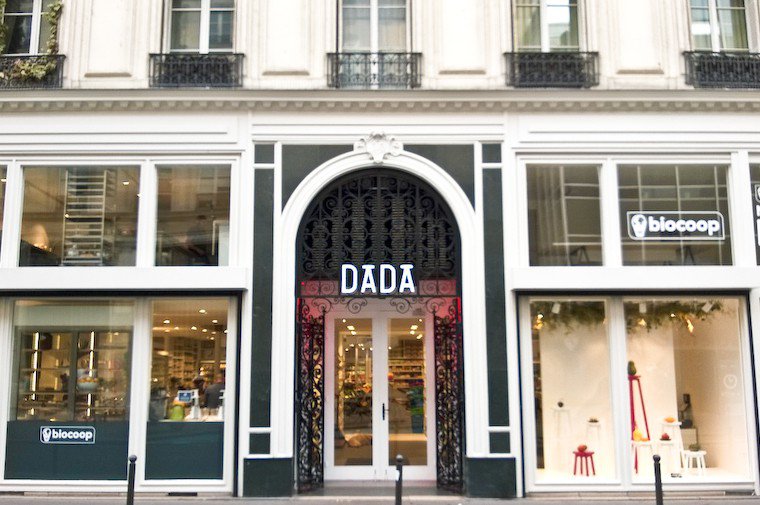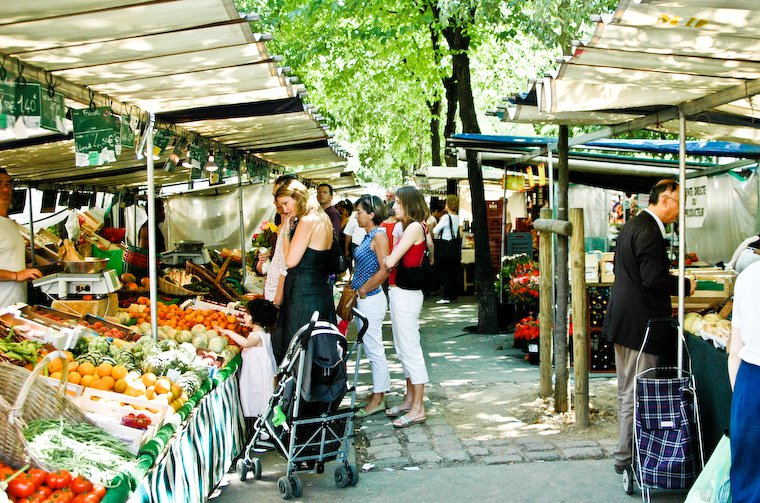Dispatches from my favorite Paris restaurants for April.
BONES
My top pick this month! Bones is a bare-bones (ha!) bistro that operates half as a wine bar, with many natural wine choices by the glass and lots of sharable nibbles, and half as a gastronomic restaurant, showcasing Aussie chef James Henry’s inspired cuisine.
The single tasting menu is composed of four courses for 40€ (add 8€ for the cheese course) with a bonus four amuse-bouche, making this an incredibly good deal.
I especially like that the butter, bread, and charcuterie are all homemade (and very good), which shows a rare commitment, and I fell in love with the Dutch ceramics that they use.
The service is bearded, sweet and attentive, the atmosphere vibrates with voices and music in an exhilarating way, and we had an excellent, excellent time.

Smoked mackerel
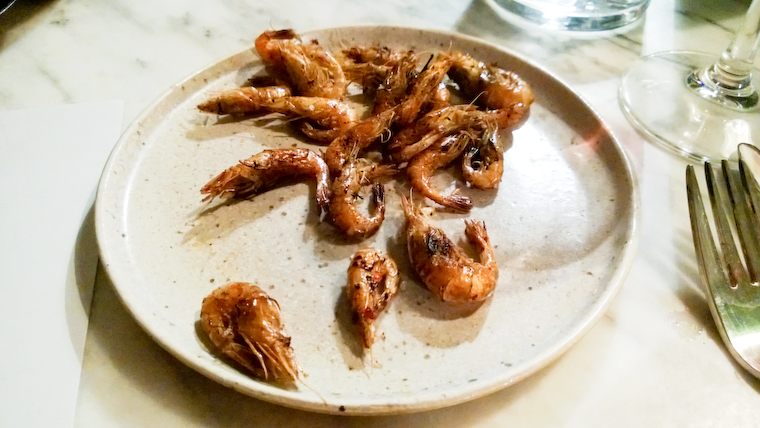
Grilled shrimp

Housemade black pig saucisson and cured duck magret

Black pig bouillon with foie gras

Housemade butter
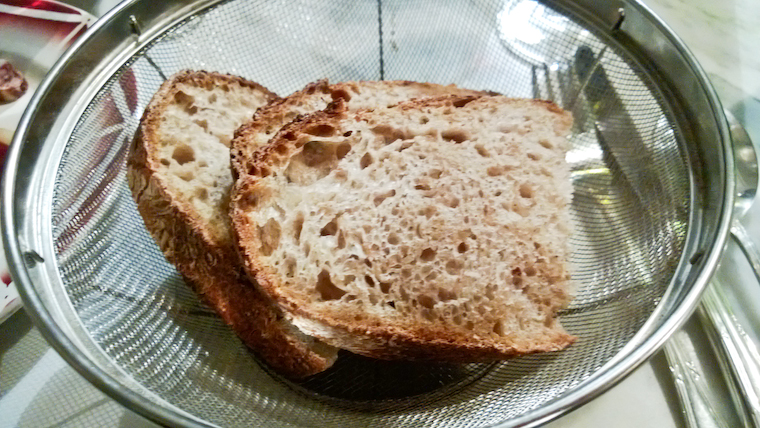
Housemade bread

Eel / Trout / Beet / Horseradish @ Bones
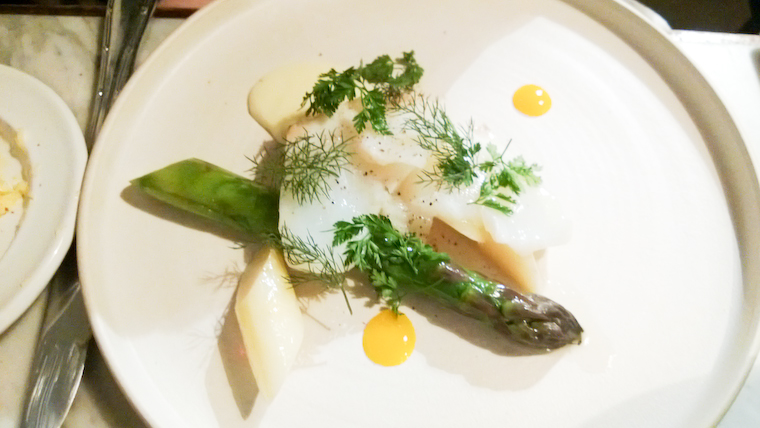
Salt cod / Asparagus / Egg
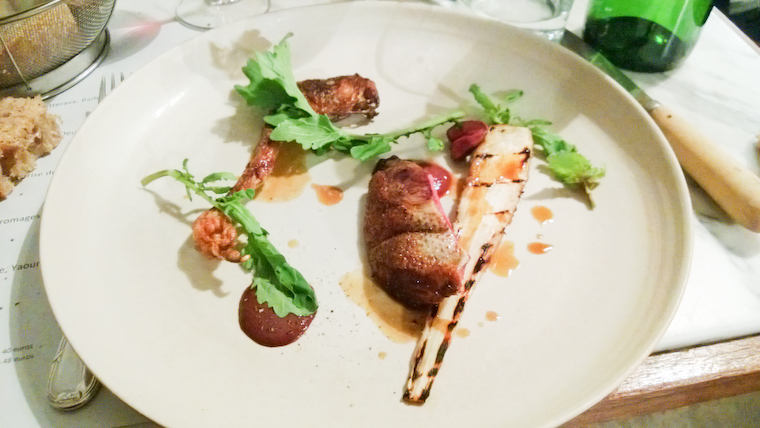
Pigeon / Salsify / Cherry from La Guinelle
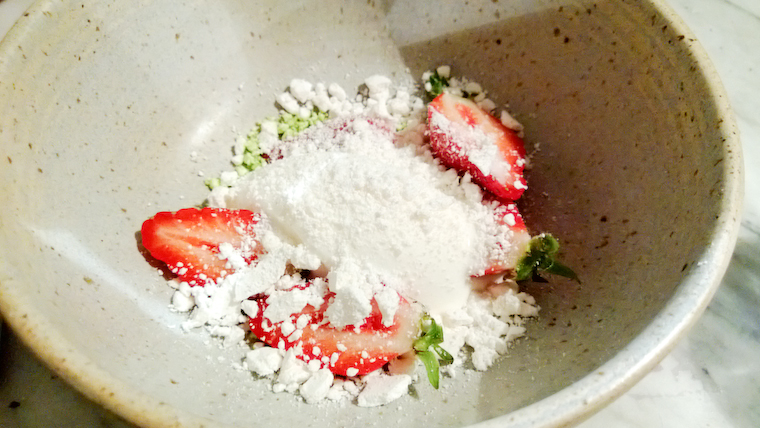
Gariguette strawberries / Goat’s milk yogurt
Bones, 43 rue Godefroy Cavaignac, 75011 Paris, M° Voltaire, 09 80 75 32 08.




